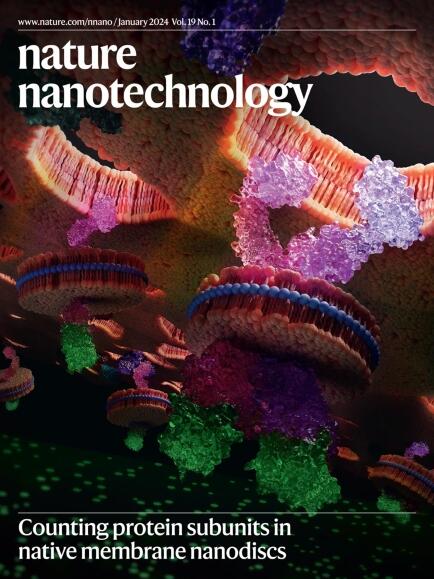编码抗原呈递衣壳病毒样颗粒的模块化mRNA疫苗平台增强了疟疾抗原Pfs25的免疫原性
IF 34.9
1区 材料科学
Q1 MATERIALS SCIENCE, MULTIDISCIPLINARY
引用次数: 0
摘要
COVID-19大流行强调了mRNA疫苗在抗击大流行方面的潜力,因为它们发展迅速、免疫原性强、适应性强。然而,缺点是它们的剂量限制的反应性和不能产生持久的体液免疫。在这里,我们介绍了一个模块化的核苷酸疫苗平台,结合了遗传和衣壳病毒样颗粒疫苗的优点。该平台允许在不同的衣壳病毒样颗粒上展示各种抗原,从而提高疫苗诱导的免疫反应的强度、质量和寿命。我们应用该技术增强了Pfs25抗原的免疫原性。与编码可溶性Pfs25的mRNA疫苗相比,用脂质纳米颗粒配制的编码Pfs25衣壳病毒样颗粒的mRNA进行免疫,可产生更高且可能更持久的抗Pfs25抗体反应,并增强其功能活性。通过改善体液和细胞免疫反应,这种方法可以减少有效保护所需的剂量和次数。因此,它可以提高基于DNA和mrna的疫苗针对大流行性和地方性传染病的可行性。本文章由计算机程序翻译,如有差异,请以英文原文为准。


A modular mRNA vaccine platform encoding antigen-presenting capsid virus-like particles enhances the immunogenicity of the malaria antigen Pfs25
The COVID-19 pandemic has emphasized the potential of mRNA vaccines in fighting pandemics, owing to their rapid development, strong immunogenicity and adaptability. However, a drawback is their dose-limiting reactogenicity and inability to generate durable humoral immunity. Here we introduce a modular nucleotide vaccine platform combining the advantages of genetic and capsid virus-like-particle-based vaccines. This platform allows for the display of various antigens on different capsid virus-like particles, improving the magnitude, quality and longevity of the vaccine-induced immune responses. We applied this technology to enhance the immunogenicity of the Pfs25 antigen. Immunization with lipid-nanoparticle-formulated mRNA encoding Pfs25 capsid virus-like particles resulted in higher and potentially more durable anti-Pfs25 antibody responses, along with enhanced functional activity, compared with an mRNA vaccine encoding soluble Pfs25. By improving both humoral and cellular immune responses, this approach may reduce the dose and number of administrations required for effective protection. As a result, it can improve the feasibility of both DNA- and mRNA-based vaccines targeting pandemic and endemic infectious diseases. Genetic vaccines can be quickly formulated and tested but require multiple administrations to generate a durable antibody response, as in the case of protein subunit vaccines. Here SpyTag/SpyCatcher technology is used to develop a genetic vaccine encoding antigen-displaying capsid virus-like particles to enhance the immune response against the Pfs25 malaria antigen.
求助全文
通过发布文献求助,成功后即可免费获取论文全文。
去求助
来源期刊

Nature nanotechnology
工程技术-材料科学:综合
CiteScore
59.70
自引率
0.80%
发文量
196
审稿时长
4-8 weeks
期刊介绍:
Nature Nanotechnology is a prestigious journal that publishes high-quality papers in various areas of nanoscience and nanotechnology. The journal focuses on the design, characterization, and production of structures, devices, and systems that manipulate and control materials at atomic, molecular, and macromolecular scales. It encompasses both bottom-up and top-down approaches, as well as their combinations.
Furthermore, Nature Nanotechnology fosters the exchange of ideas among researchers from diverse disciplines such as chemistry, physics, material science, biomedical research, engineering, and more. It promotes collaboration at the forefront of this multidisciplinary field. The journal covers a wide range of topics, from fundamental research in physics, chemistry, and biology, including computational work and simulations, to the development of innovative devices and technologies for various industrial sectors such as information technology, medicine, manufacturing, high-performance materials, energy, and environmental technologies. It includes coverage of organic, inorganic, and hybrid materials.
 求助内容:
求助内容: 应助结果提醒方式:
应助结果提醒方式:


